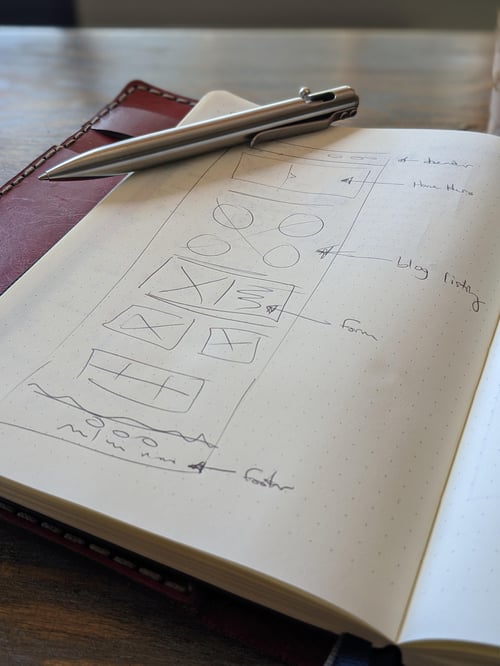
Thoughts on Customer Service
The various jobs I’ve done since entering the workforce have revolved around providing excellent service to customers and clients. This includes some retail jobs when I was in school, management and technical support positions afterwards and now for my design and web clients. Too often I've seen the phrase "customer service" thrown around without enough thought to what it means and how to provide it.
First off, customer service is the most important aspect of your business. It defines the relationship between the client and provider, for services or products. Exceptional customer service is key to customer retention as regardless of the industry, clients are more loyal to companies they feel care about them. And we all know it’s better and more effective to keep a current customer happy than to attract new ones. A couple of examples of this, I regularly get clients whom I've done work for years ago that come back and ask about new projects. Also, I’ve been with AT&T for eleven years because in the end, they take care of me. I can’t say the same about Comcast who seemed to try to lose me as a customer.
What is customer service?
There are two types of customer service, proactive and reactive. Proactive customer service is anticipating a client’s needs or concerns before they arise. It also means having a system in place with processes, documentation and such to mitigate when a customer does have a complaint or issue. Reactive customer service means handling customer requests, concerns or complaints when they come in. This includes timely responses to those in the same manner they came in. So, if a customer calls in you don’t just send them an email in response (unless it’s in addition to a call).
Good customer service is a combination of both types, being proactive to avoid issues, and being on the ball in handling them when they come in. Bad customer service is the lack of both, or only being reactive. Not taking the time to think through a customer’s process and what may arise means more time wasted down the line dealing with those eventual issues.
Customer service across industries
Customer service varies across different industries. In professional services, such as what I do, most of the interaction with clients is unseen. Rarely do I meet clients and it’s only through email and phone calls do we connect. It’s a bit tougher to gauge how someone takes good news or bad this way, so it’s important to be honest and frank with customers about a situation. You need to listen to their concerns before suggesting fixes or alternatives.
In retail work, which I did for many years, interactions are face-to-face and it’s easier to show the customer a solution instead of telling. When I worked for an auto parts dealer, I not only sold parts the customer needed, but also tried to anticipate what they would need for the job. I even looked for potential causes of the part's failure in the first place. Here’s a free auto tip, always replace your battery when replacing your alternator.
Anyway, one industry I don’t have experience in, for better or worse, is the food industry. However, you can use the same principles of proactive and reactive customer service to anticipate customer issues, and deal with them appropriately when they arise.
Make customer service a priority
Providing excellent customer service to your clients or customers should be the number one priority for your business. Without it you’ll just be spinning wheels trying to gain new clients without helping the old. In the design industry, where word-of-mouth is a major driver of new prospects, there’s nothing to lose when you think about what a client may ask, and go the extra mile to solve problems when they do happen.
We all like to gripe about bad customer service, but rarely share the good experiences. I’d love to hear some stories about good customer service in the comments below!
I help businesses and marketers build marketing and sales systems that drive leads and scale with ease.
Not sure where to start? Take my marketing quiz and get personalized next steps.



